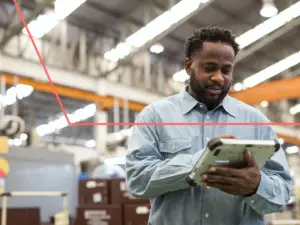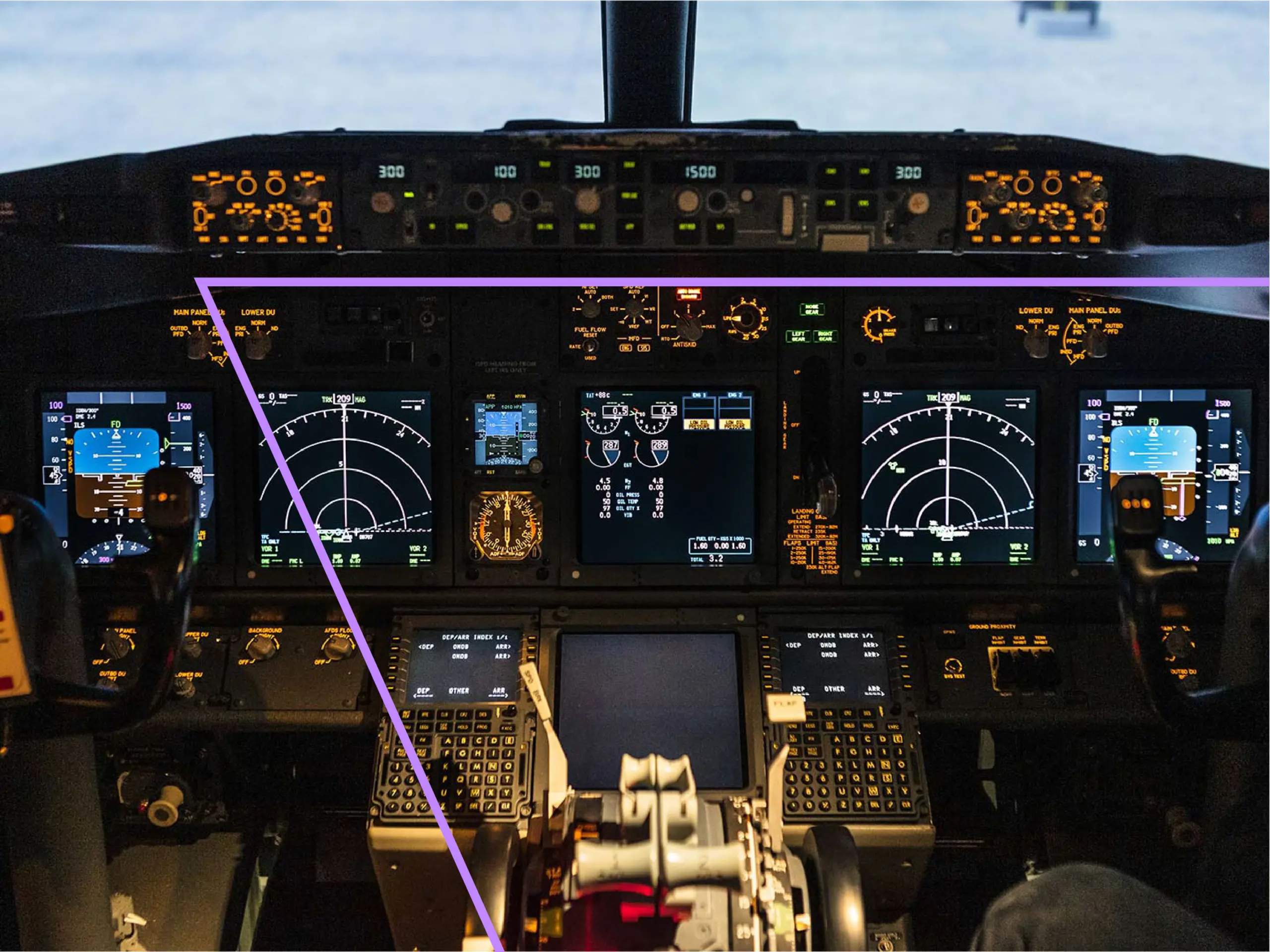How Are Baan and Infor LN ERP Systems Like an Airplane?
That sounds like the start of a bad joke, right? (I should know because I can tell some bad jokes — just ask my kids.)
But both airplanes and enterprise resource planning (ERP) systems are highly complex and highly engineered products.
An airplane consists of thousands upon thousands of parts that must be built and put together within narrow tolerances for the airplane to fly. The pilot and crew interact with hundreds of dials, knobs, switches, gauges, and other devices on the plane. Modern aircraft also have complex, software-based avionics systems embedded with millions of lines of code. Similarly, an ERP system is a very complex piece of software. The database contains thousands of tables. There can be hundreds of screens that users interact with to support the business functions of an enterprise. And millions of lines of code make up the technology framework supporting those tables and screens as well as customizations and integrations with other products.

ERP FAQs: In-Depth Answers to All Your ERP Questions!
Airplanes and ERP systems are also critical for maintaining modern life.
Aircraft in military applications must be ready to execute their mission at a moment’s notice. In a commercial environment, they keep people, products, supplies, and information connected.
ERP systems allow businesses to seamlessly execute their operations and know what to build, when to build it, where to ship it and all the associated financial implications.
And both airplanes and ERP systems need to work 100% of the time. If they do what they’re supposed to do, you will never hear about it. But if they fail, it will be front-page news. System failures are very rare — and that’s due to countless hours of behind-the-scenes work that keeps aircraft (and ERP systems) operating.
Using an Outdated ERP System, Like Baan, Can Lead to Disaster
Failures do sometimes occur, though. And we can actually take this analogy between airplanes and ERP systems a little further to explain why.
With an aging fleet, airlines have to support a broader range of aircraft as they acquire newer planes. This requires more parts, more training, and more expertise.
Older airplanes also carry more risk. The avionics get out of date, parts start to wear out and employees don’t want (or don’t know how) to work on older models when more modern aircraft are in the hangar.
Of course, passengers don’t want to ride in an old rusty airplane either. (Unless they’re Indiana Jones trying to get away from the bad guys!)
These same principles are at work for ERP systems.
We go above and beyond customer research by rethinking your business model, analyzing data to gain actionable insights about your customers and how they use your products, enabling your team to focus on innovation and more.
Older ERP systems like Baan are heading toward end-of-life (EOL). That means patches, bugfixes and new features are no longer being released. This lack of support translates to additional issues, like infrastructure compatibility problems that prevent ERP software from running on newer operating systems and using newer database versions. As a result, businesses start down the road to greater and greater technical debt trying to maintain an old ERP system.
Interfaces, features, and functionality also stagnate. Users and business partners get frustrated. Why is it so hard to get the information I want? Why can’t your system do what mine can?
Those challenges can’t necessarily be solved on an outdated system. But Vervint can help you determine the optimal flight path to a new system with our enterprise software selection services. We have a robust methodology for software selections to help you find the right ERP system for your specific needs.
You Need the Right Crew to Operate and Maintain Your ERP System
Even I’m a little surprised that we’re still finding parallels between ERP systems and airplanes (and I’m writing this), but here’s one more: your crew matters.
You need great people with specific skills to get any aircraft off the ground. For example:
Pilot
The pilot is principally responsible for the aircraft: making sure the flight plan is filed, determining the best route based on conditions and navigating everyone through emergencies.
Flight Attendants
Flight attendants ensure that passengers have a safe, delightful experience and help guide passengers through any unusual situations that arise — all while delivering incredible service.
Ground Crew
The ground crew has many responsibilities, including getting the aircraft to and from the runway, providing guidance to the pilot when they can’t see from the cockpit, performing safety checks of the plane, stocking and cleaning the plane and much more.
Mechanics
Mechanics make sure the plane is operational and address any issues with that operation.
Passengers
The passengers are along for the ride — but without those passengers, there wouldn’t need to be a ride in the first place.
All these roles are critical to the aircraft’s operation. But some folks are on the plane and have to be there for each flight. Others are not necessary for the actual flight. And others don’t even need to be involved in every flight. For example, the ground crew isn’t in the air with the pilot and flight attendants, and the mechanic may only be involved when there’s a known problem or routine maintenance.
So, what does that have to do with an ERP system and, ultimately, your business?
At Vervint, we see your team members playing the roles of pilot and flight attendants. You determine the direction of your company, fly in that direction and deal with turbulence along the way (within the organization, amid shifting markets, among your customers, etc.). You may even have a great ground crew that takes care of more routine tasks at your organization.
But many airlines use contracted ground crews and mechanics who work for the airport or another company. These crews excel at taking care of both routine and specialized responsibilities. They do this work every day, so airline employees don’t need to worry about all the mundane, but critical, operational work. Similarly, contracted experts can handle highly specialized tasks, so the airline doesn’t need to hire someone full-time who won’t be fully utilized.
Outsourcing enables airline personnel to focus on all the tasks that are critical and beneficial to the airline and appropriate to their team’s skills. And the same is true in the business world: partnering with experts in ERP managed services allows you and your teams to focus on transforming your business and driving your competitive advantage.

The Business Case for Infor LN Application Managed Services
Looking for Help With Baan, Infor LN, and Other Managed Services?
Vervint can help you steer clear of turbulence by proactively monitoring and identifying issues before they impact your business. We’ll make sure you have everything you need to chart your course, get where you’re going, and delight your customers every step of the way. We’d love to hear more about your business — let’s start a conversation.
P.S. So how is an ERP system like an airplane?
Neither can play the violin.


